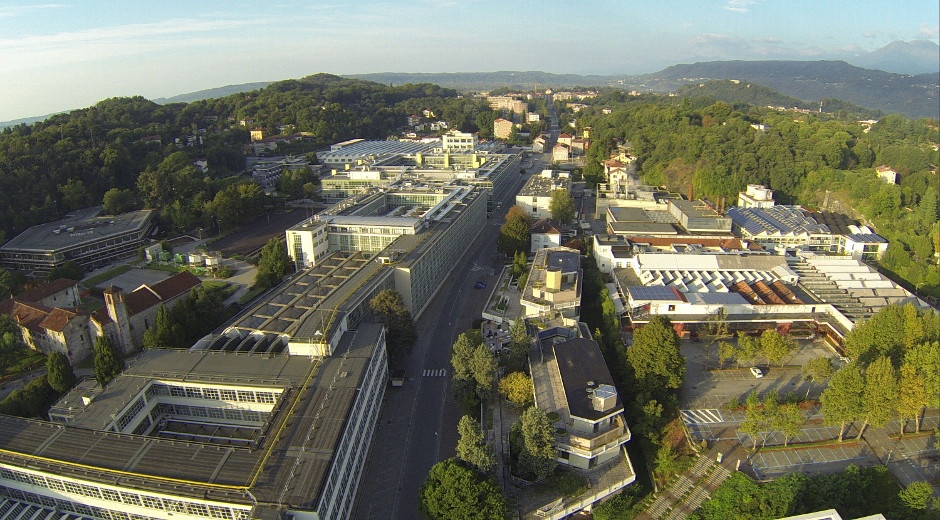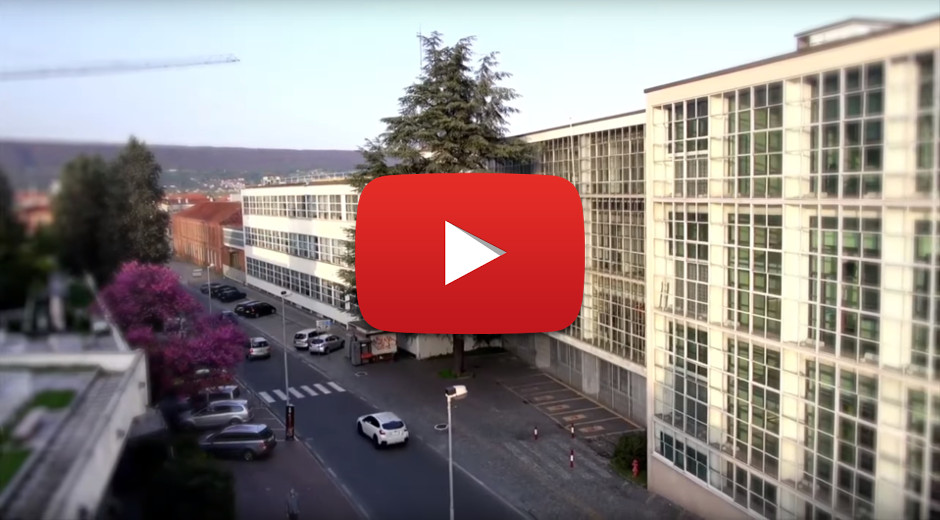- 241 builder hub, newyork 10012, USA
- giovanni.depasquale@showbyte.it
- +44 567 890123
Home
- Home
- Home
Ivrea, industrial city of the 20th century
“Ivrea, industrial city of the XX century” is a UNESCO World Heritage Site.
Sunday, July 1st at 11.30 am in Manama, the capital of Bahrain, the UNESCO World Heritage Committee officially included “Ivrea industrial city of the XX century” in the World Heritage List.
COME TO VISIT IVREA, THE INDUSTRIAL CITY OF THE 20th CENTURY. FREE-GUIDED TOURS
Read more
The industrial city of Ivrea was built between 1930 and 1960 by Adriano Olivetti, following an alternative design to the national and international experiences that had taken place during the twentieth century and which had been developed following two different models. On the one hand, company towns such as Crespi d’Adda, and on the other, the industrial systems that were established in large urban conurbations, which had an invasive influence on social processes because of their production policies.
The industrial city of Ivrea continues to be an exceptional example, both because of the quality of the suggested solution and because of the implementation methods.
The site consists of the set of achievements related to Adriano Olivetti’s industrial and socio-cultural project. It consists of a group of buildings designed by the most famous Italian architects and urban planners of the twentieth century. This is furthermore recognizable in the urban fabric of the city for its overall design in the selection of its most significant elements. One can distinguish real industrial areas and buildings, with others intended for residence and social services. This area is mainly identifiable along the axis of Corso Jervis, which is the epicentre of the production buildings, the factory and the city’s social services and residences. These can be considered among the most significant examples of the innovative policy started by Olivetti.
The architectural heritage of Ivrea is also a milestone in identifying those repertoires of architecture and urban planning of the late twentieth century that constitute the different ways in which technical cultures have attempted to respond to the crucial issue of regulating the growth that cities and territories invested by industrialization processes would face. In fact, for the first time in Ivrea, the Olivetti factory culture and the experience of the Community Movement involve architects and urban planners from Italy in the overall design of the city.
PARTNERS
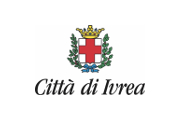

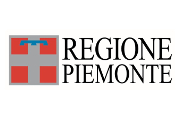
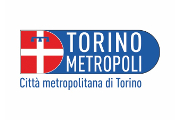
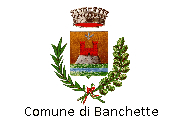


Sponsored by: ![]()

